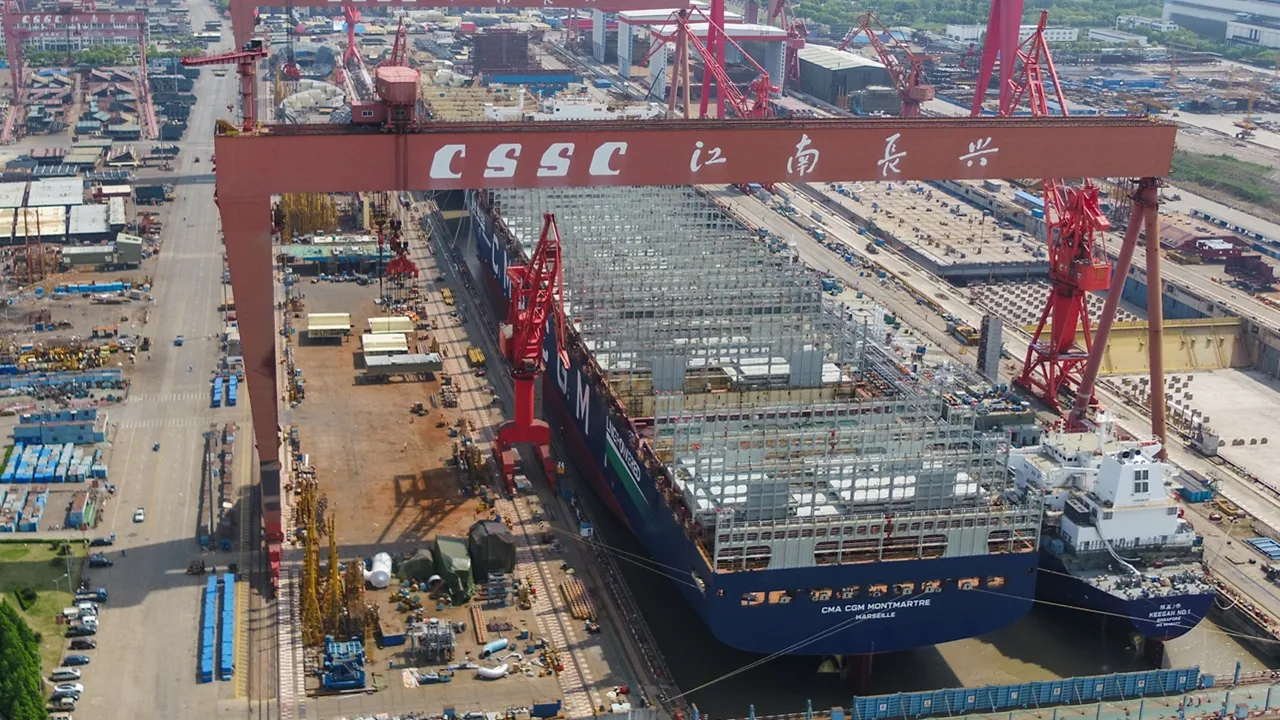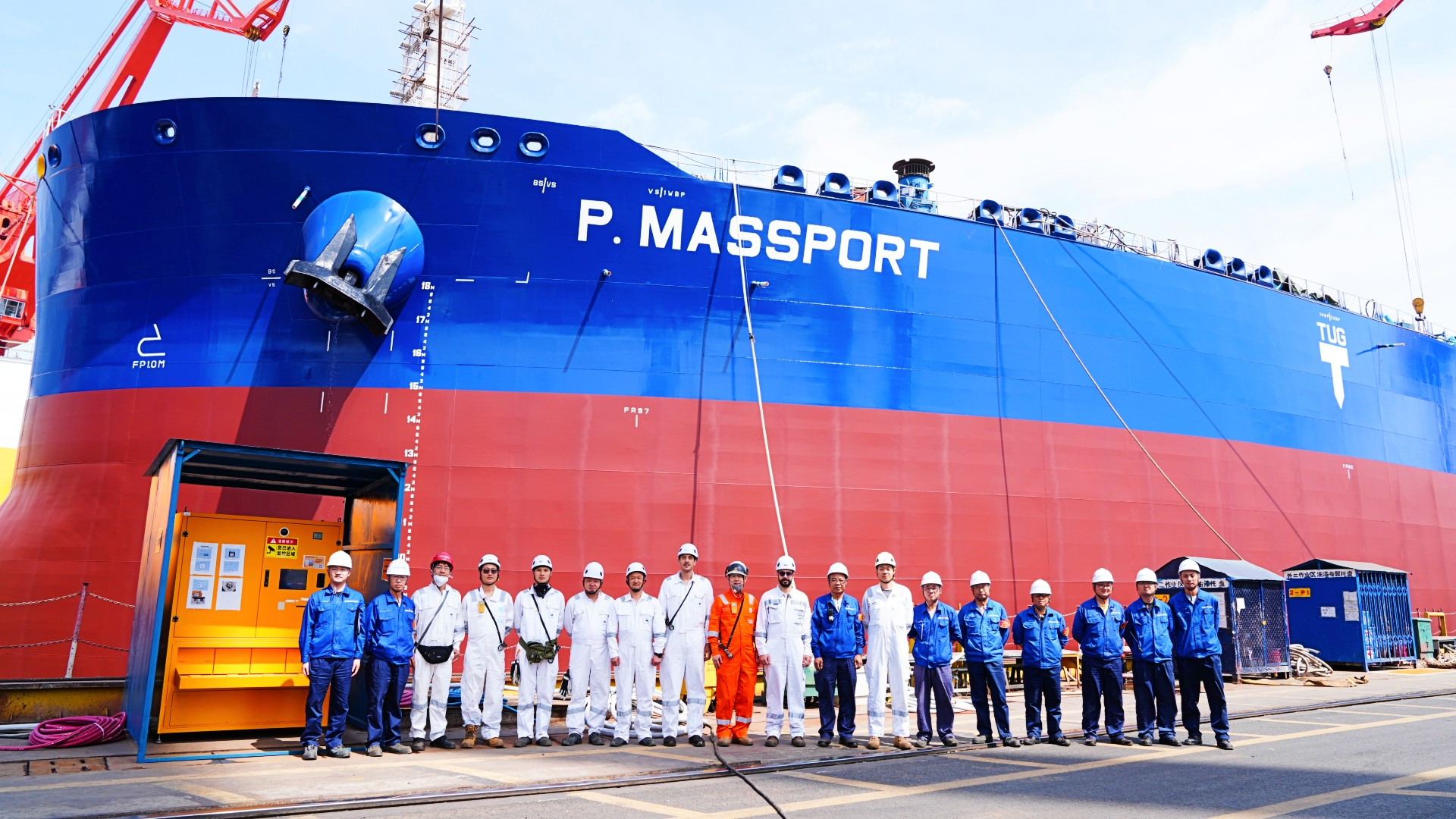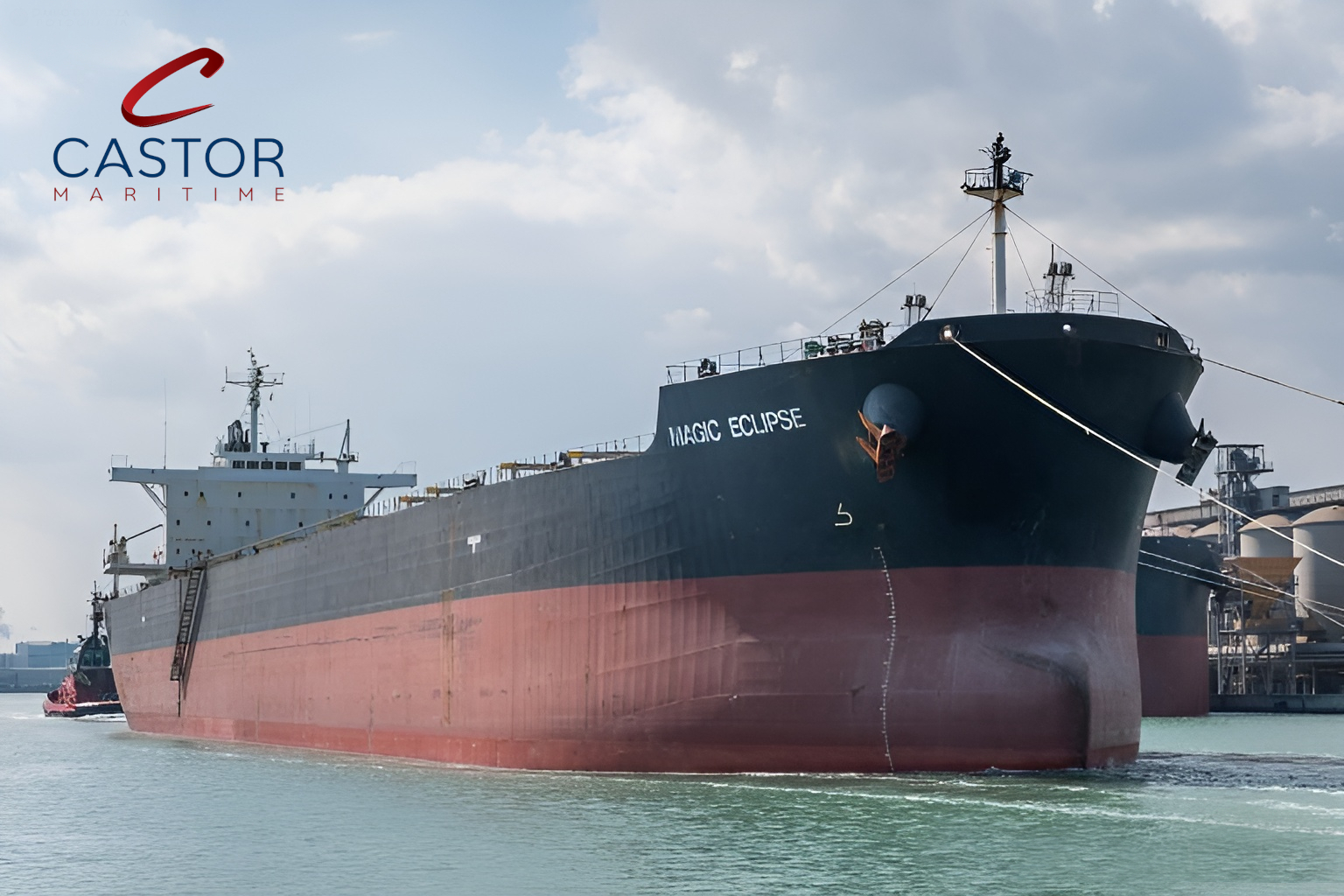Seatrade-maritime.com: Staring into the abyss – container shipping faces deep cyclical downturn
Market fundamentals are changing fast with the obvious consequences of overcapacity marking a downturn that looks increasingly deep and prolonged
Forecasting in the container shipping sector is critical, particularly because making sure investments mean there is enough, but not too much, capacity is a challenging balancing act, planning for which must start around four years ahead of delivery.
Historically the carriers have been notoriously bad at forecasting but one thing we do know is that the container market is cyclical, which means there will be periods of overcapacity.
Being a cyclical market, it should be possible to learn from the past. In previous cycles newbuilding sprees were driven by yard prices, carriers waiting for open slots and a shipping downturn to order vessels at lower prices.
In today’s market yard slots are full until 2028, but the latest ordering round, which began in earnest in 2021 following the massive post-pandemic profits, shows little sign of abating. A continued series of crises after the pandemic have created market conditions favourable to the lines, a change is coming.
Current events are signposts to a difficult immediate future for container shipping markets, but these challenges may persist until the end of this decade as muted demand and elevated capacity invert the conditions that proved profitable for carriers over the past five years.
Taiwan freight forwarder Dimerco Express Group’s VP Ocean Freight Alvin Fuh commented on Washington’s chaotic tariff policies which have caused unpredictable shipping and sourcing patterns.
Related:Container fleet evolving to meet new realities
According to Fuh the uncertainty around the implementation of tariffs, “is leading to rushed shipments now, but may result in reduced trade and higher costs later. With conflict, tariff uncertainty, and vessel supply imbalances, the ocean freight market is likely to stay unstable.”
Washington’s tariff policy is taking shape and new round of duties will be imposed from 1 August, with even more severe duties to be imposed on those states that have not negotiated lower rates, and China which will see 55% tariffs the outlook is uncertain.
In addition, there appears to be no decisive definition of transhipment in the Trump trading lexicon as yet.
Dimerco noted: “The Administration has recently hinted at how they’ll define transshipment, as ‘includes goods made with a significant portion of components from a third country and then assembled in Indonesia or Vietnam’”.
Or transhipment could be as Commerce Secretary Lutnick recently defined transhipment “if another country sells their content through products exported by Vietnam to us.“
As a result, Dimerco warned: “No guidelines have been issued to further define ‘significant portion’ or to otherwise inform importers about how the 40% tariff will be applied.”
Related:Yang Ming adds three more container ships at Japanese yards
Listen to a podcast on the outlook for container shippinghttps://player.captivate.fm/episode/46cca4f6-540b-45c6-9ec6-5978e907eb17/
US policies are subduing demand and ongoing geopolitical pressures such as conflict in the Middle East are not reflected in shipping line’s vessel ordering policies. It’s worth noting Donald Trump will be in power until January 2029, while the Red Sea diversions, will likely end next year, but there has been no let-up in newbuilding orders.
Since 2021 carriers have ordered more than 15.65 million teu in new capacity, according to shipbroker Braemar’s most recent figures, up to and including Q2 2025. In the previous five full years orders totalled a shade over 4 million teu.
To put this in context vessel orders in 2021 exceeded the total orders for the previous five years.
Net fleet growth in teu terms has outpaced demand since 2023, 7.92% in that year according to Braemar, topped by 10% last year, is expected to dip to 6.94% this year and drop further to 3.42% in 2026 before picking up again to 6.83% and 7.27% in 2027 and 2028 respectively.
A previously subdued International Monetary Fund (IMF) calculated 2025 growth at 2.8%, today that was upgraded to 3%, down from 3.3% last year, while 2026 is forecast to see 3.1% growth.
Related:Container shipping market outlook for H2 2025
It is fair to say that IMF projections are, necessarily, imperfect, but current calculations show fleet growth at roughly twice the rate of demand growth until the end of the decade.
The supply and demand balance pendulum has swung decisively in shippers’ favour, with freight rates tumbling in spite of the fact that much of the newbuildings delivered over the last two years have been absorbed by the Red Sea diversions.
Tonnage delivered from here on in will tilt the supply and demand imbalance further, with too much capacity and depressing rates and carrier profits.
Spot rates are already sliding on the three major trades. The SCFI has dropped for seven weeks in a row and projected rate increases, planned for 1 August have already failed. Spot rates out of Asia to North Europe have dipped 19% over the last four weeks and are now below $3,000 per feu, said consultant Linerlytica.
“Transpacific carriers have failed in their bid to raise rates on 1 August, with capacity utilisation insufficiently high to support the rate hikes. Although MSC made the first move by withdrawing their Pearl service in early July, their rivals’ failure to follow suit has doomed the last two rounds of transpacific rate hikes,” the consultant added.
Moreover, Linerlytica considers that the US trade deal with Europe will hit Transatlantic westbound freight rates as US imports decline by over 10%.
“Container imports from Europe to the US increased by 8% in the first six months of the year, but the growth is projected to reverse in the second half,” said Linerlytica.
The immediate future looks tough for carriers, with the next five years presenting a lengthy container shipping winter for the lines.
In the short-term and in an uncertain climate Fuh warns shippers to “stay flexible and prepare for continued disruptions”.
In the longer-term rates are heading for a prolonged period of stagnation.
Related Posts




